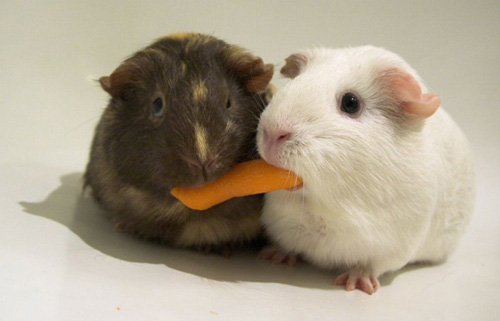I can still remember the covers of Rolling Stone magazine that I read as a kid. Each seemed to encapsulate a moment in time, and reading them felt like a shared experience with the writers, musicians and other readers. To me, shared experience is a key aspect throughout media; I somehow feel more connected to others when I read the current issue of The New Yorker, than if I read an old issue from 1998. We experience this in many ways, from sitting next to strangers when watching a movie in the theater, to knowing that millions of others are enjoying a TV show at the same moment you are.
But what has the web added to this notion of “shared experience?” How has it changed the concept of what sharing really is within media and publishing? Do these changes speak to the increasing marginalization of some forms of traditional media?
If I think about why people are increasingly favoring online sources for news and reporting over printed materials, I can’t help but feel that is about more than just a cheaper and faster delivery channel. I can’t help but feel that shared experience plays an increasing role in people’s expectations of not just CONSUMING news and information, but INTERACTING with the world that surrounds this news and information. A few basic examples:
- Commenting on an online article allows me to become a part of the conversation – to have my voice heard, and even responded to.
- Via blogs, I no longer need to cede power to the few who can afford to publish. I can publish my own work.
- With social networks, I can make contact with industry insiders, and even find people from my past, and understand how their current lives match up to mine.
So this is about more than simply CONSUMING media silently at the same time as someone else – it is about becoming an active part of CREATING the shared experience.
- “Sharing” is about creating something more than a single person could on their own.
- “Experience” is to not just consume – but to be a part of the unique moment of creation.
Recently, I have been playing around with Twitter. The service essentially allows me to instant message the entire world, and to “follow” the lives of others who post to Twitter. I can’t tell you how much more connected I feel to people when I experience their day as it happens – and can respond instantly – even to total strangers.
Of course, publishing and print media are about so much more than just shared experience. But I am always amazed to see what happens when connections are made – between ideas, between people, and between cultures.

